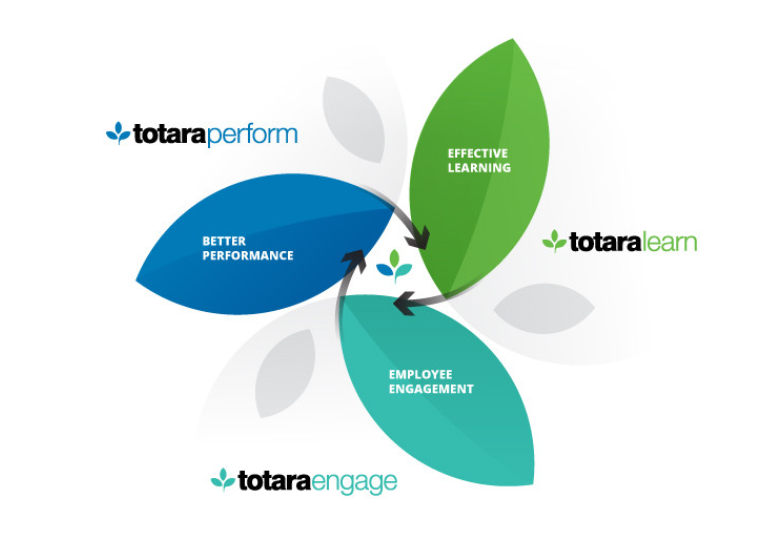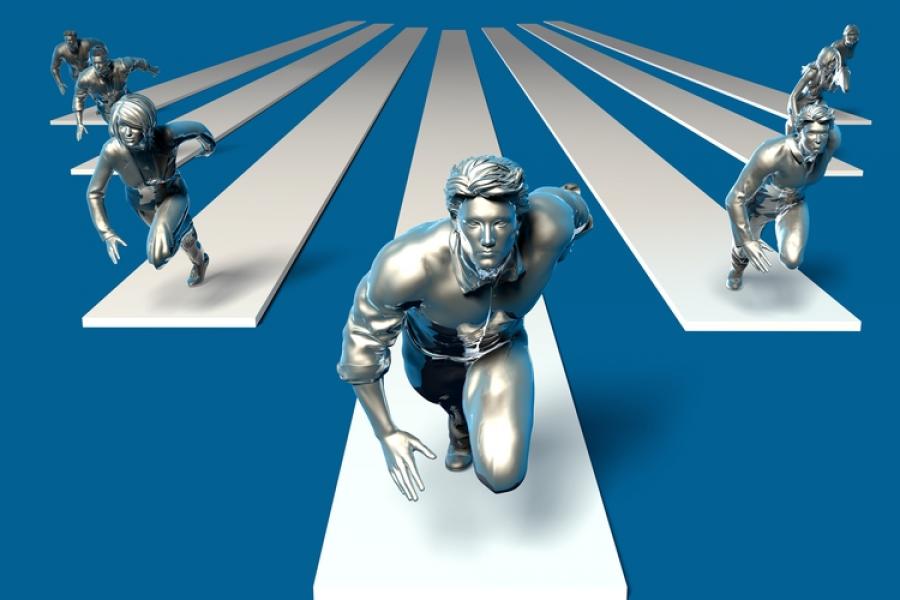Create an agile workforce – choose an integrated platform
In their 2020 Global Talent Trends Report, Mercer found that nearly 100% of business and HR leaders are actively preparing for potential changes in the workplace. And in the PwC 2020 HR Technology Survey of over 500 HR leaders, 80% reported that developing ‘change agility’ is now a key priority.
HR challenges in managing talent experience
Recent seismic levels of disruption triggered by COVID-19 have forced us all to ask ourselves:
“How do we prepare today, to succeed and adapt to tomorrow’s disruptive changes?” It’s obvious that organisational adaptability is front of mind right now. But where are leaders allocating resources to become more ‘change agile?”
74% of surveyed leaders aim to invest in technology that improves their organisation’s overall talent experience. This includes technology that:
- Develops the potential and skills of employees
- Contributes to an enjoyable employee experience
- Nurtures a collaborative, learning-rich work environment
Investing in talent experience technology is an excellent step in the right direction. If, however, HR and learning and development simply resort to procuring more technology, they merely fuel a long-standing problem plaguing the world of HR and people development.
Discover how Totara Learn transformed Kmart Australia’s online induction program
HR tech overload
To attract and nurture top-tier talent, HR and L&D departments are investing in their employer brand value proposition. They are now experimenting with new performance management processes, training methods and approaches to employee engagement. Naturally, these new practices require a plethora of new tech. And for most organisations, this demand for tech has led to ‘HR tech overload’ – a collection of complicated and siloed systems that harm, instead of help, change agility.

This is especially true for learning, collaboration and performance management systems – all of which are critical to organisational output. Today, if they have them at all, most organisations are stuck with a proprietary:
Learning management system (LMS)
An LMS that fails to connect organisational objectives with employee learning goals. This breeds poor change agility because training carries little relevance to actual ‘real-world’ job roles and future skills gaps.
Performance management system
A performance management system that fails to facilitate frequent employee feedback and connect employee ambitions with the overall corporate mission. Such a system fails to align and motivate the workforce and is bound to buckle under the pressures of rapid change.
Engagement/communication system
An engagement/communication system that enables basic communication, but fails to encourage collaboration and engagement. One-sided communication and learning aren’t enough to engage employees that favour mentors over bosses, prioritise a sense of purpose over their remuneration and desire a fulfilling work experience.
These disjointed systems diminish the return on investment (ROI) you get from all of your HR and L&D tech, both existing and new. This is because technology silos slow down and separate your people and their unique processes; your organisation becomes burdened by systems that should communicate and complement each other, but don’t.
The impact of technology silos
If you have separate learning, engagement/communication and performance management systems, here are some of the struggles your organisation faces:
- IT and admin departments are more likely to encounter technical issues and struggle to resolve them. Can you imagine how tough (and expensive) it would be to customise, connect or correct three non-integrating systems from three different vendors?
- Departments become disconnected. Separate, non-integrating systems prevent departments across your organisation from working together. Management might know that better training improves engagement, but they can’t prove or show that to HR because of their disparate systems. This, in turn, places extra pressure on L&D, who are now unable to determine the skills that employees need for the uncertain future.
The result of succumbing to HR tech overload is a scrambling, disconnected workplace that’s vulnerable (instead of adaptable) to change. So what’s the solution? Tight integration between all critical drivers of modern workplace performance – learning, collaboration and performance management – must work as one system, in a technical and operational sense.
How an integrated platform can help
Future-proof your workforce with the Totara Talent Experience Platform
Totara Learning has built the Totara Talent Experience Platform (TXP) to unite all the talent experience technology you need under one solution. Say goodbye to non-friendly systems that hinder your productivity and unlock the ability to adapt! Comprising three systems that are powerful on their own and transformational when used together, Totara’s TXP helps you build a better workplace, increase change agility and prosper in today’s uncertain world. It unites:
Totara Learn
Totara Learn is a flexible LMS, trusted by millions of learners and favoured by companies worldwide (including Kmart Australia and The Humanitarian Leadership Academy) to deliver transformational learning;
Totara Engage
Totara Engage is a new learning experience platform (LXP) built to engage, unite and upskill your workforce;
Totara Perform
Totara Perform, a performance management system with organisational control and continuous performance management at its core.
Totara TXP (that integrates with your current HCM and L&D tech) creates a central talent experience platform to break down internal barriers and improve every aspect of your employee-employer experience.

Find out More
Catalyst IT is a Platinum Totara Partner. Learn more about the Totara TXP or get in touch to request a demo.
